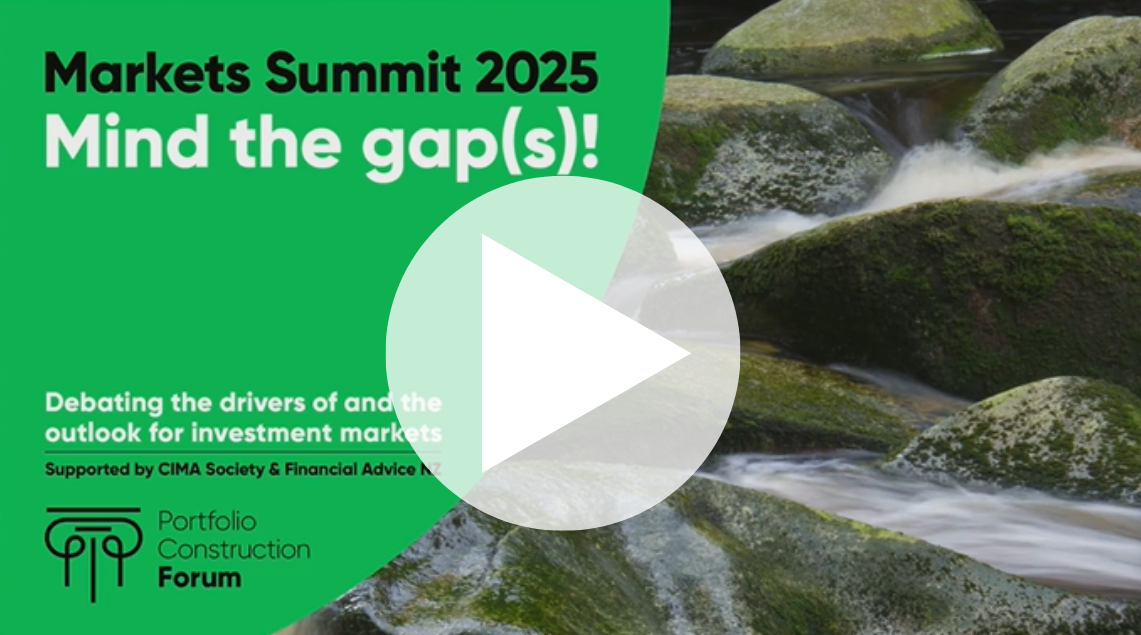
Forget the Gap - Mind the Private Equity Chasm in Portfolios
Opportunities
Private Market Growth: The number of public companies has been declining, while private markets have expanded, particularly in the mid-market segment, which comprises 65% of private firms. 9x number of firms in mid-market are private compared to ASX listed, creating a rich opportunity set.
Value Creation Outside Public Markets: High-growth companies are choosing to remain private for longer, delaying IPOs, and achieving significant scale before listing. Investors may miss out on the next generation of quality companies by ignoring the private markets.
Mid-Market Private Equity: A large and diverse opportunity set exists in Australia’s mid-market, where companies such as Five V portfolio holding Cyclotek (radioisotope) dominate niche markets. Valuations can be more compelling in this area of the market with companies that have strong growth rates.
Active Management Advantage and Potential Higher Returns: Private equity managers can drive outsized performance by actively engaging in scaling businesses, strategic acquisitions, and operational improvements. Returns can be around 15% + p.a. from a high-quality private equity portfolio.
Risks & Areas of Concern
Liquidity Constraints: Private equity investments typically lack the liquidity of public markets, making access and exit more complex. Evergreen funds that have been created to increase access for investors can lock up. Due to these constraints, it may not be suitable for all investors.
Valuation & Transparency: Determining fair value for private assets can be subjective, with limited price discovery compared to public equities. This can potentially result in investors buying into overvalued portfolios.
Exit Uncertainty: With fewer public companies, IPOs are becoming less frequent, requiring alternative exit strategies such as strategic sales or secondary private equity buyouts.
Active Manager Dependency and Higher Fees: The success of private equity investments is heavily dependent on the skill, network, judgement and operational expertise of the manager. As of result of this fees are much higher compared to public equities. Picking a poor manager is a risk for investors as there tends to be greater dispersion between performance outcomes between managers.
Portfolio Implications Across Economic Scenarios
Continued Economic Growth
Private equity should benefit from company expansions and favourable financing conditions, leading to increased valuations and growth opportunities. PE investments thrive in this environment but can lag public markets which rise at a much sharper pace.
Mild Recession
Resilient private equity investments in defensive sectors may provide stable returns, though some leverage-driven deals may face refinancing risks.
High Inflation & Rising Rates
Higher borrowing costs may pressure leveraged buyouts, but companies with strong pricing power can maintain profitability and navigate inflationary pressures.
Severe Economic Downturn
Liquidity risks increase as exit opportunities shrink, making defensive holdings in essential industries and lower-geared companies more attractive. Increased leverage makes permanent capital loss for investors a greater risk, especially in more cyclical industries.
Conclusion
The shift in value creation from public to private markets presents both challenges and opportunities. Investors should reassess portfolio allocations, ensuring they reflect the evolving investment landscape. While private equity offers strong return potential, careful selection, liquidity considerations, and economic scenario planning are essential for long-term success.
Watch the Session
You will be taken to the Portfolio Construction Forum website. Just login to watch the full video.

Want to dig deeper?
Ask your questions about the session to get answers in seconds.
Need a Portfolio Check?
We'll do a deep dive to see how your current holdings line up with these insights and where there's room to optimise.